What life looked like in 1940s rural America
Step into the time machine and set the dial for the 1940s, a decade where rural America embodied simplicity and hard work. This era was a blend of traditional practices and emerging modernity, a period marked by resilience and community bonds.
Many families lived on sprawling farmlands, where the daily rhythm was dictated by the rising and setting sun. The 1940s were a time of profound change, yet many aspects of life remained grounded in age-old practices.
The Landscape: Rolling Hills and Expansive Farmlands
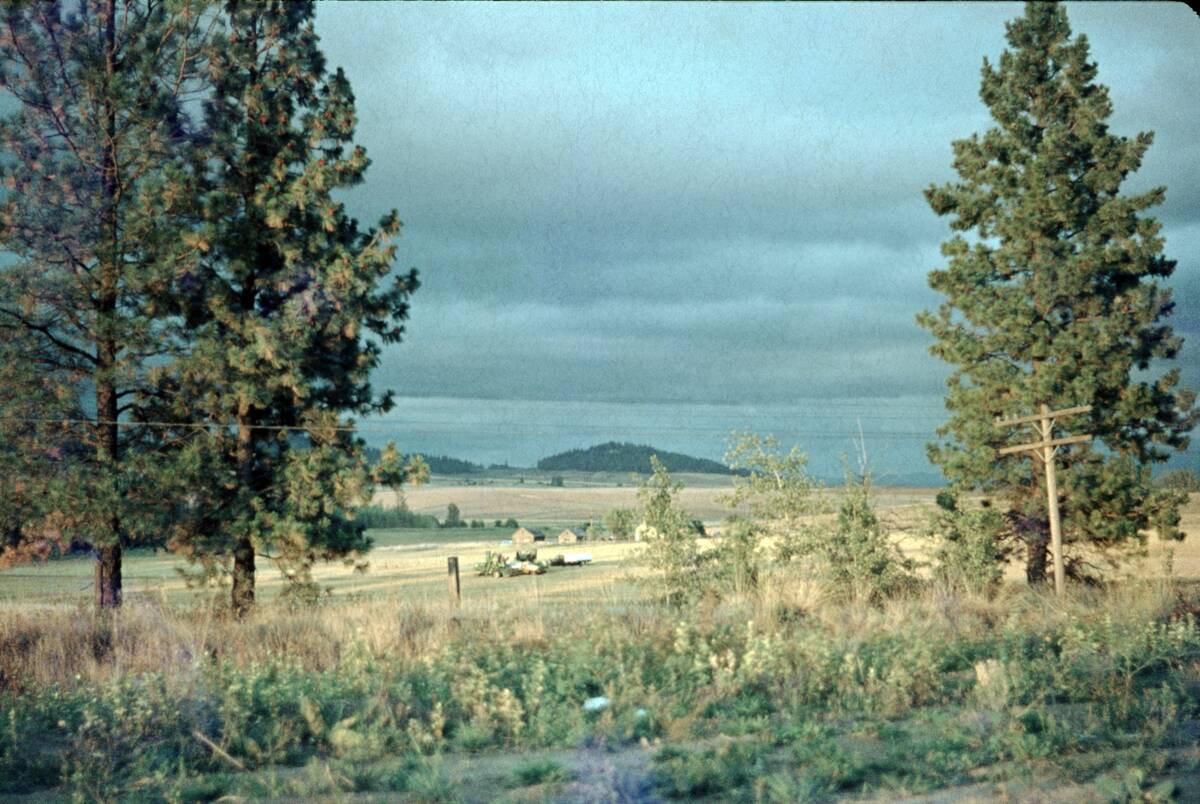
Imagine gazing out over rolling hills that stretch as far as the eye can see, dotted with fields of corn and wheat swaying in the breeze. The rural American landscape of the 1940s was characterized by vast farmlands and natural beauty that provided both livelihood and solace.
These lands were not just the backbone of the economy but also a canvas of seasonal colors, from the golden hues of autumn to the vibrant greens of spring.
Small Town Charm: Community at the Heart of Rural Life
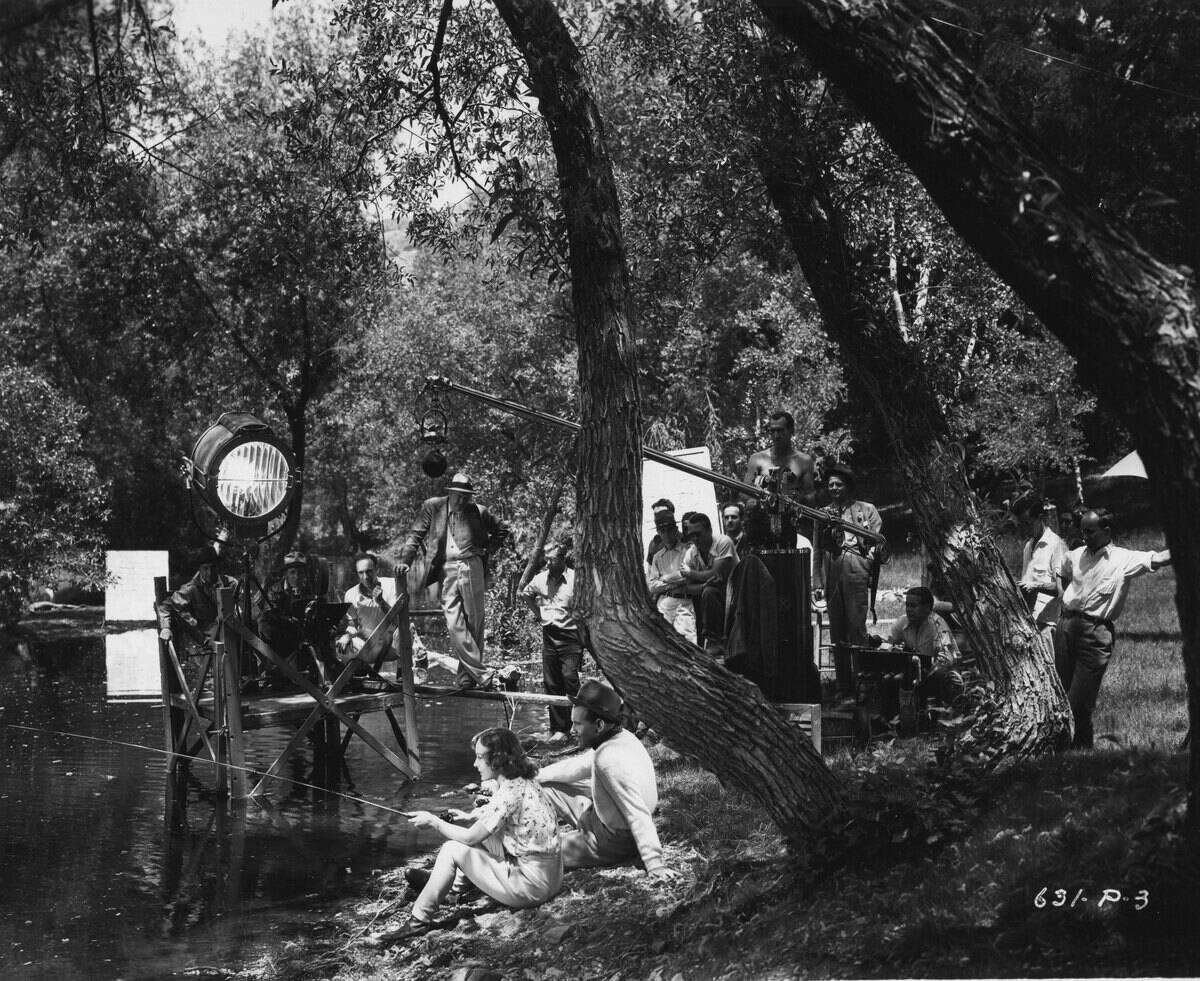
In the 1940s, small towns were the heartbeat of rural life, where everyone knew everyone, and the sense of community was palpable. Town squares were bustling with activity, hosting farmers’ markets and social gatherings, fostering a tight-knit community spirit.
Neighbors supported one another through thick and thin, celebrating joys and weathering hardships together, creating bonds that often lasted a lifetime.
Home Sweet Home: 1940s Farmhouses and Rustic Living

Farmhouses in the 1940s were more than just shelters; they were homes filled with warmth and character. Built with sturdy wood and adorned with wraparound porches, these homes often featured a cozy fireplace and simple yet functional furniture.
Life here was rustic, with families relying on their land for food and resources, making every home a self-sustained haven.
Farming Life: From Sunrise to Sunset
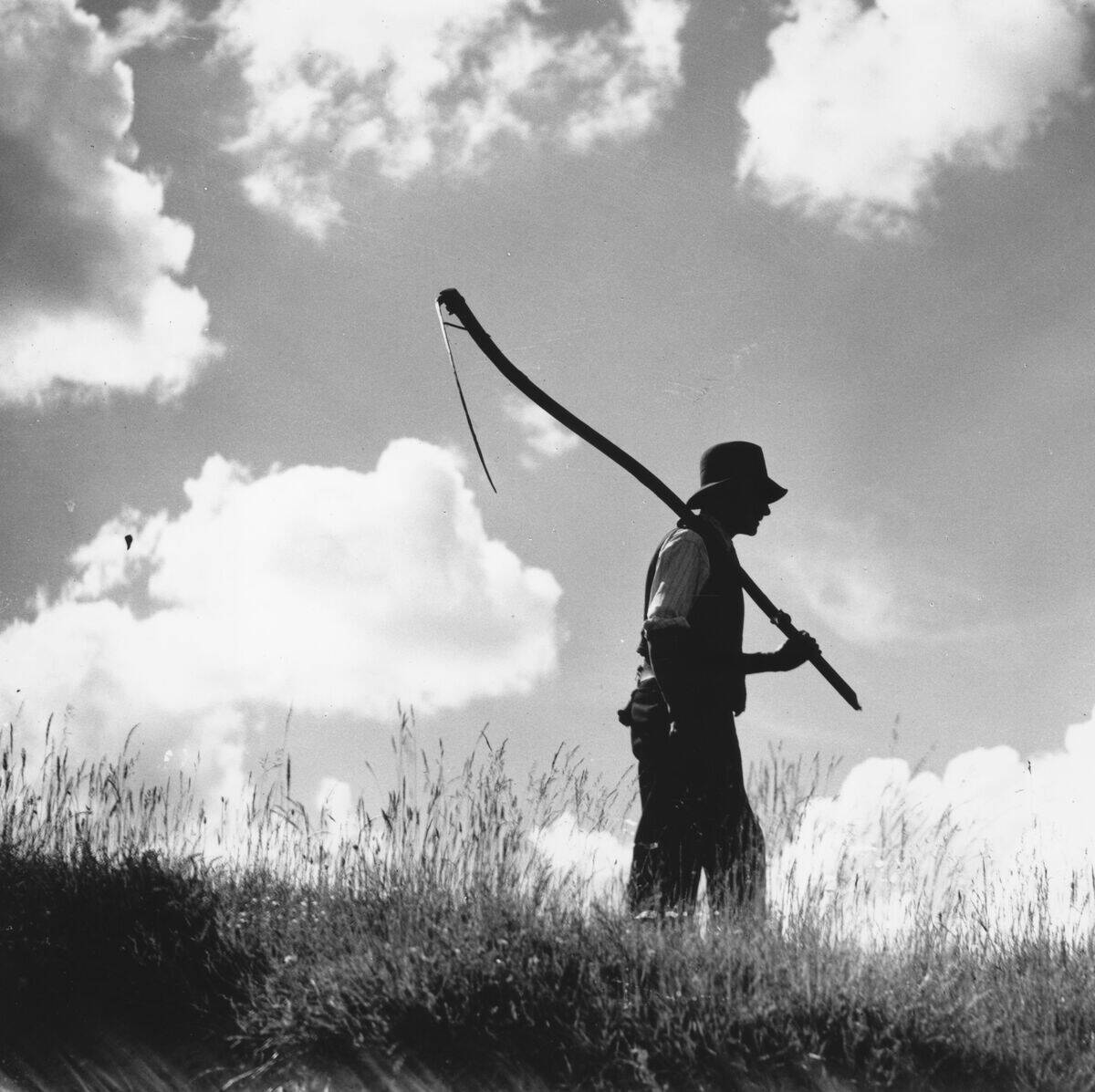
The life of a farmer in the 1940s was undoubtedly demanding, with days starting before the sun rose and ending long after it set. From milking cows to tilling fields, every task was labor-intensive, requiring dedication and perseverance.
Despite the hard work, there was a rewarding sense of accomplishment in cultivating the land and reaping its bounty, a testament to human endurance and connection with nature.
The Family Unit: Roles and Responsibilities
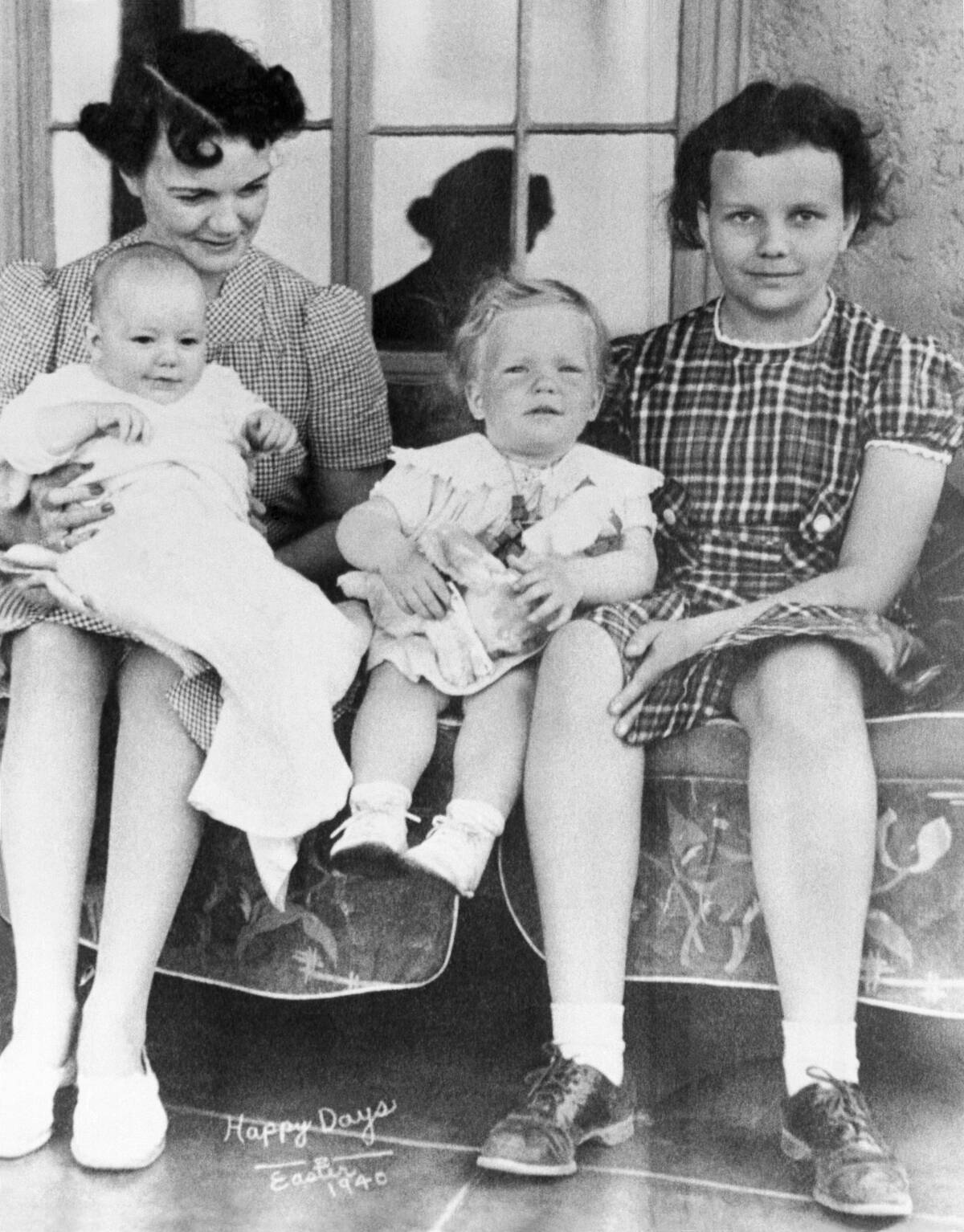
Family life in the 1940s rural America was a well-oiled machine, with each member playing a crucial role in daily operations. Fathers often worked the fields, while mothers managed the home and children contributed as soon as they were able.
This division of labor instilled a sense of responsibility and teamwork, teaching children the value of hard work and cooperation from a young age.
Education: One-Room Schoolhouses and Dedicated Teachers
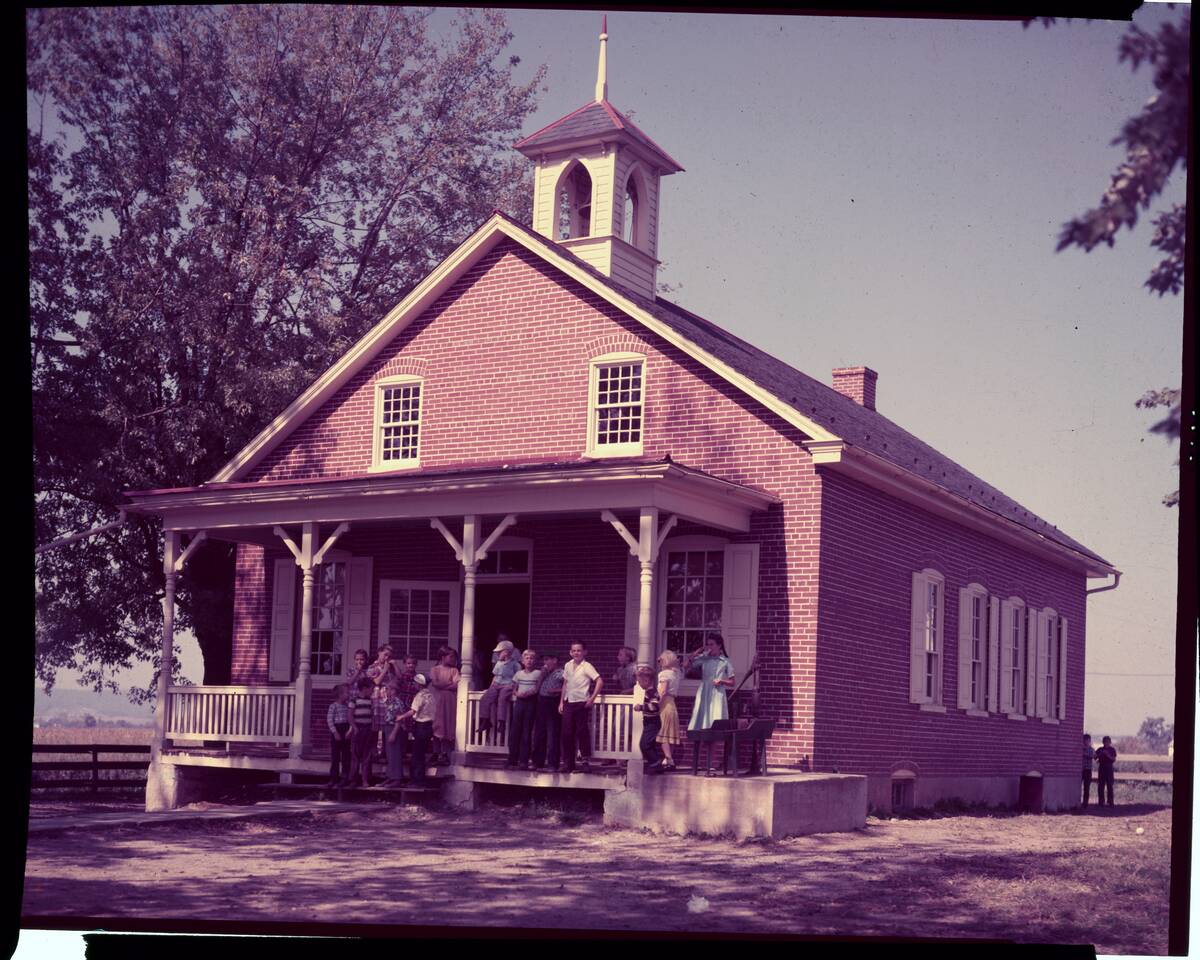
Education in rural America during the 1940s often took place in quaint one-room schoolhouses, where a single teacher taught multiple grades. These dedicated educators were pillars of the community, nurturing young minds with limited resources.
Despite the challenges, these schoolhouses were lively centers of learning, fostering a sense of curiosity and community among students.
Transportation: Horses, Buggies, and the Advent of Automobiles
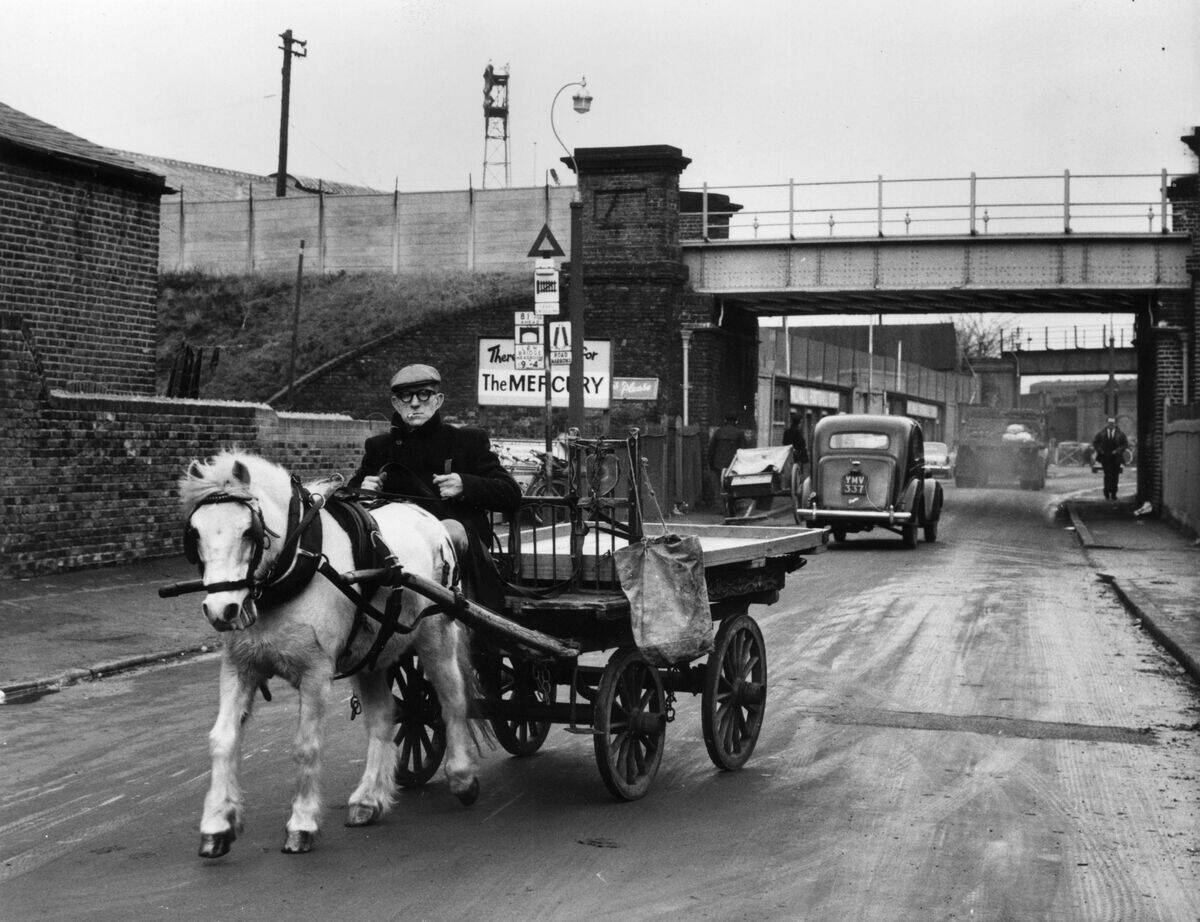
Transportation in the 1940s was a fascinating blend of the old and the new, with horse-drawn buggies still in use alongside the burgeoning presence of automobiles. In many rural areas, cars were slowly replacing horses for long-distance travel, but buggies remained popular for short trips around town.
This transition marked a pivotal moment in rural mobility, bridging the gap between tradition and modernity.
Fashion Forward: Everyday Attire in Rural America
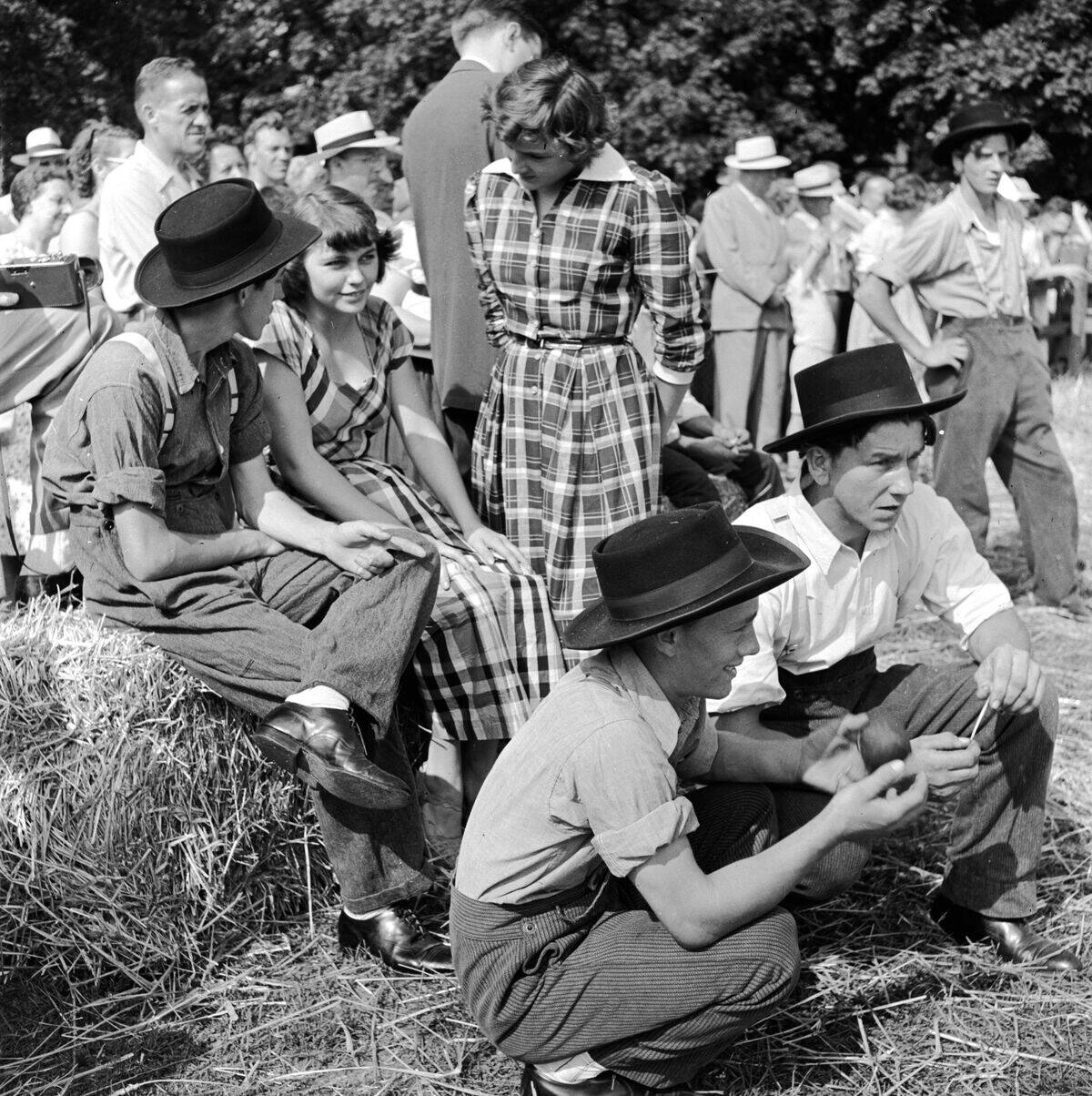
Fashion in the 1940s rural America was practical and modest, reflecting the hardworking lifestyle of its inhabitants. Men typically wore overalls or sturdy work pants, while women donned simple dresses or skirts, often handmade or tailored at home.
Despite the practicality, there was room for personal style, with colorful patterns and accessories adding a touch of personality to everyday wear.
Entertainment: Radio Shows, Barn Dances, and Church Socials
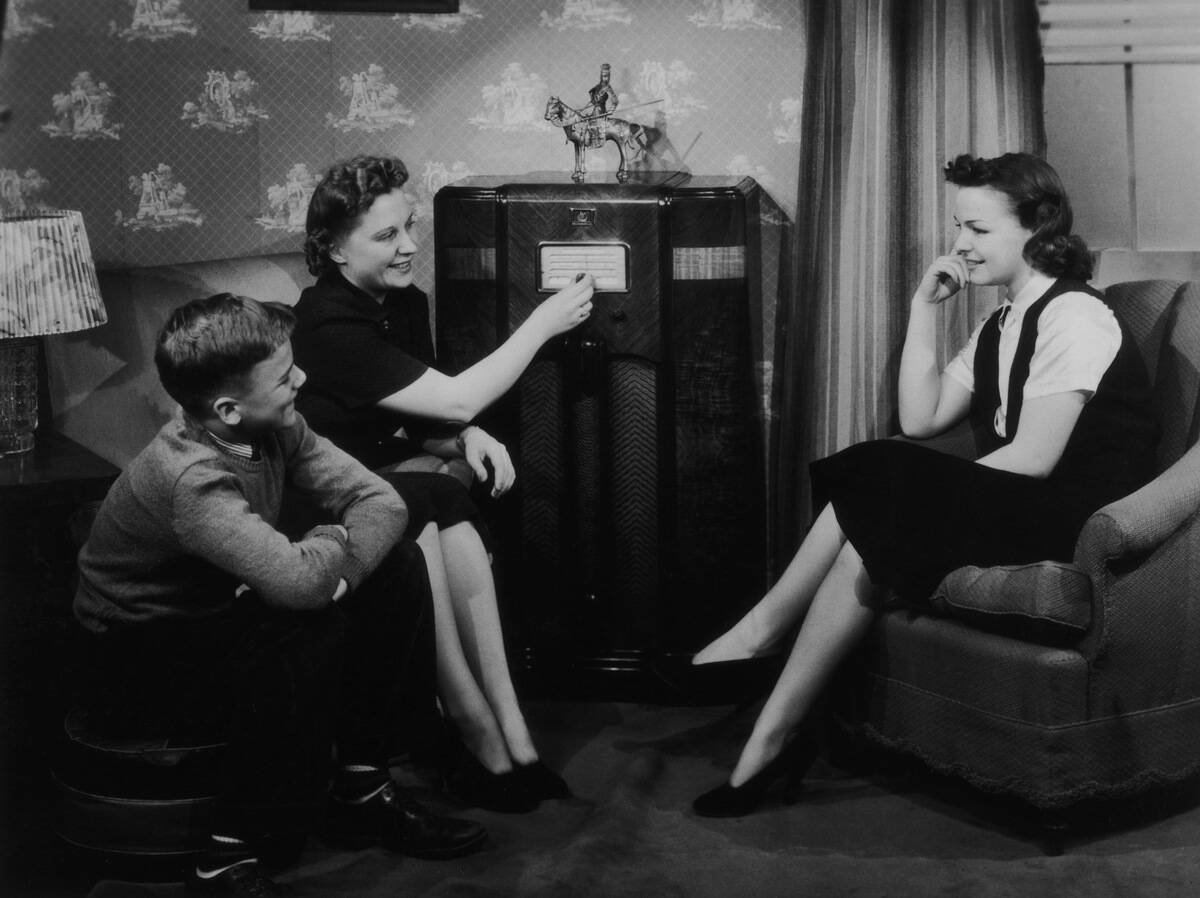
Entertainment in the 1940s rural America was a vibrant blend of tradition and innovation. Radio shows brought news and entertainment into homes, while barn dances offered a lively escape from daily routines.
Church socials were also popular, serving as a focal point for community gatherings, where people came together to enjoy music, food, and good company, strengthening communal bonds.
Technological Advancements: From Manual Labor to Machinery

The 1940s saw significant technological advancements in rural America, transforming the way work was done on farms. Tractors and other machinery began to replace manual labor, increasing efficiency and productivity.
While some farmers were hesitant to adopt these new technologies, others embraced them, recognizing their potential to revolutionize agriculture and improve their livelihoods.
The Kitchen: Home-Cooked Meals and Family Recipes
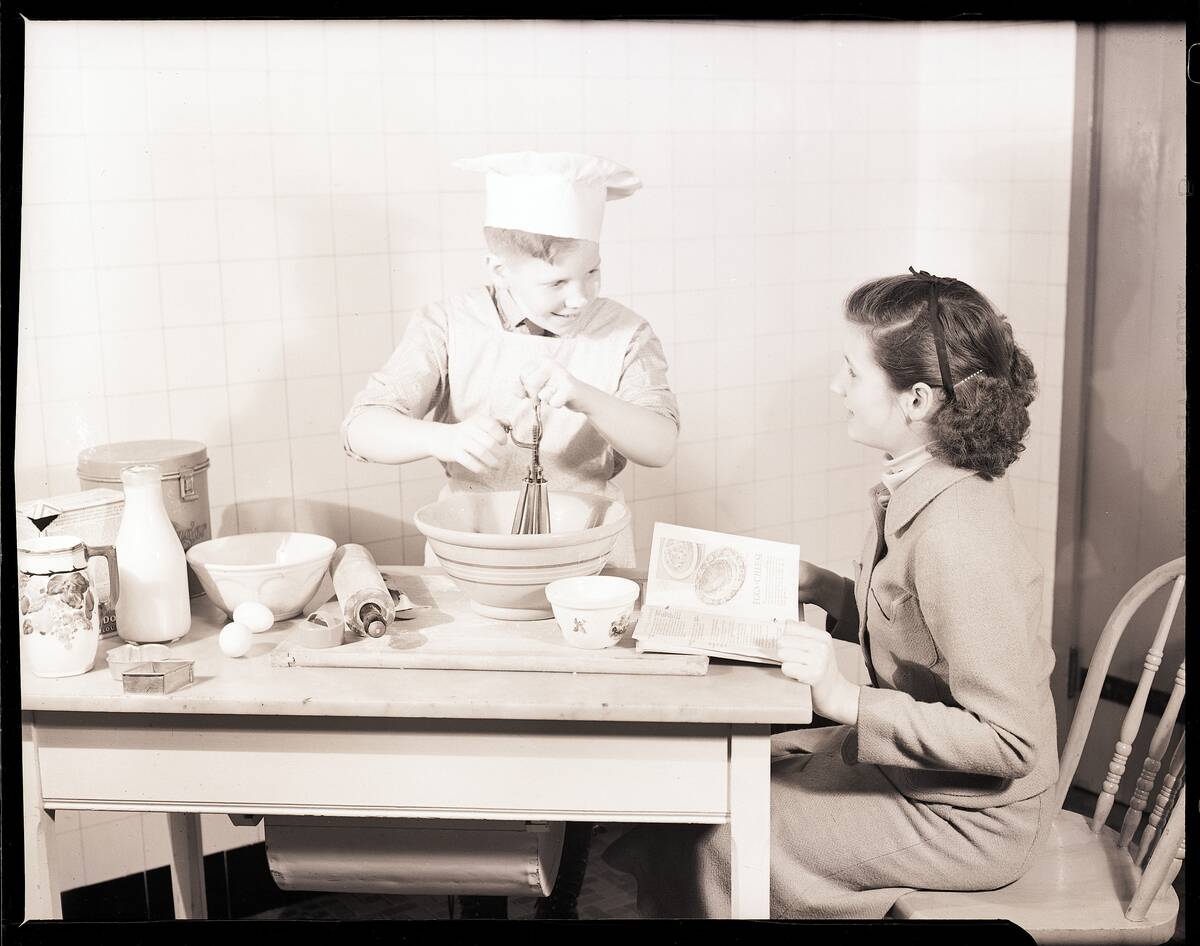
The kitchen was the heart of the home in 1940s rural America, where family recipes were passed down through generations. Meals were often prepared from scratch using fresh ingredients from the farm, ensuring they were both nutritious and delicious.
The aroma of baking bread or a simmering stew was a comforting backdrop to family life, bringing everyone together around the table.
Challenges and Resilience: Weather, War, and Economic Hardships
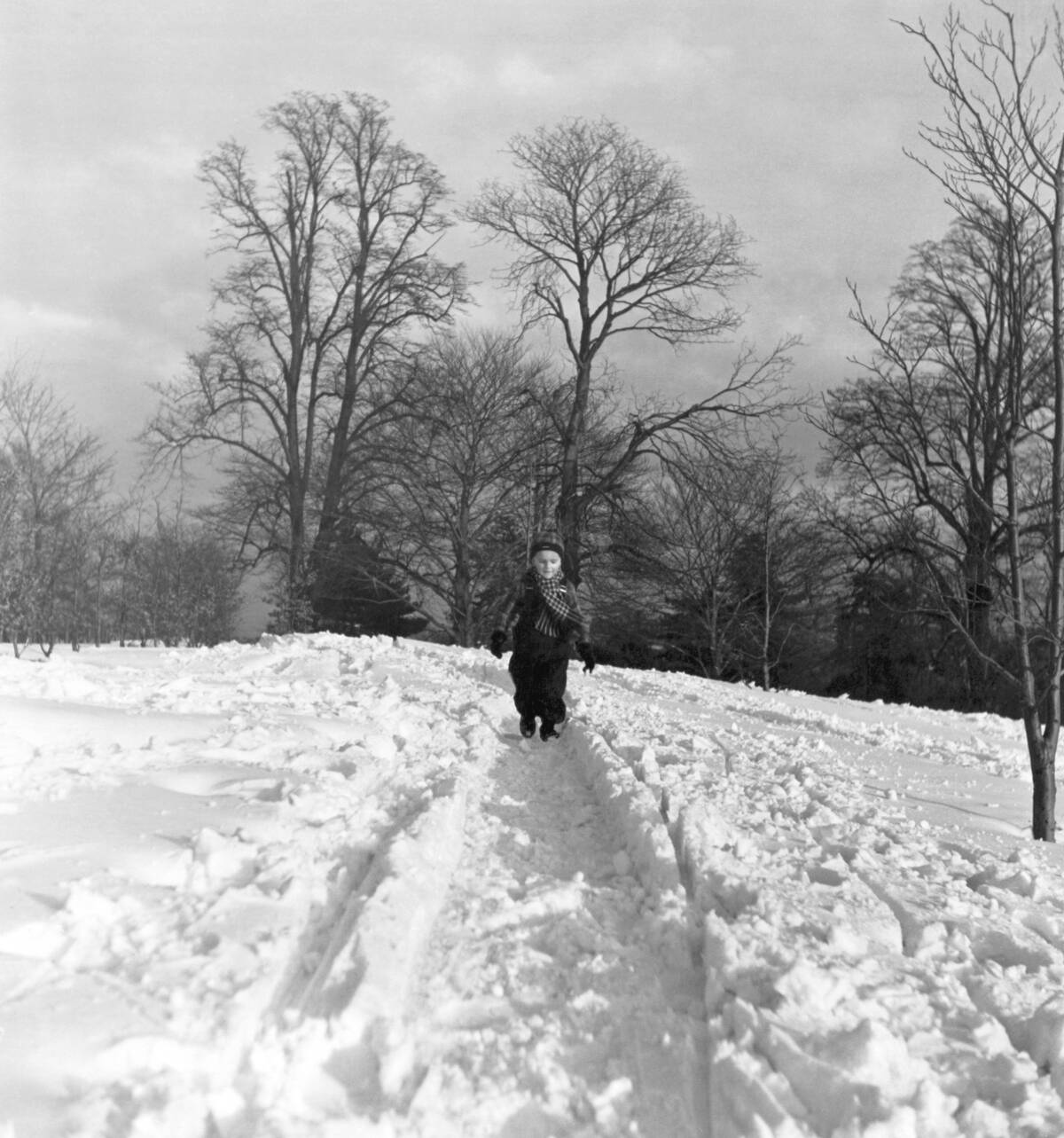
Life in rural America during the 1940s was not without its challenges, from harsh weather conditions to the impact of World War II. Economic hardships were common, and families often had to be resourceful to make ends meet.
Despite these difficulties, the resilience of rural communities shone through, as people banded together to support one another and find creative solutions to their problems.
Healthcare: Local Doctors and Home Remedies
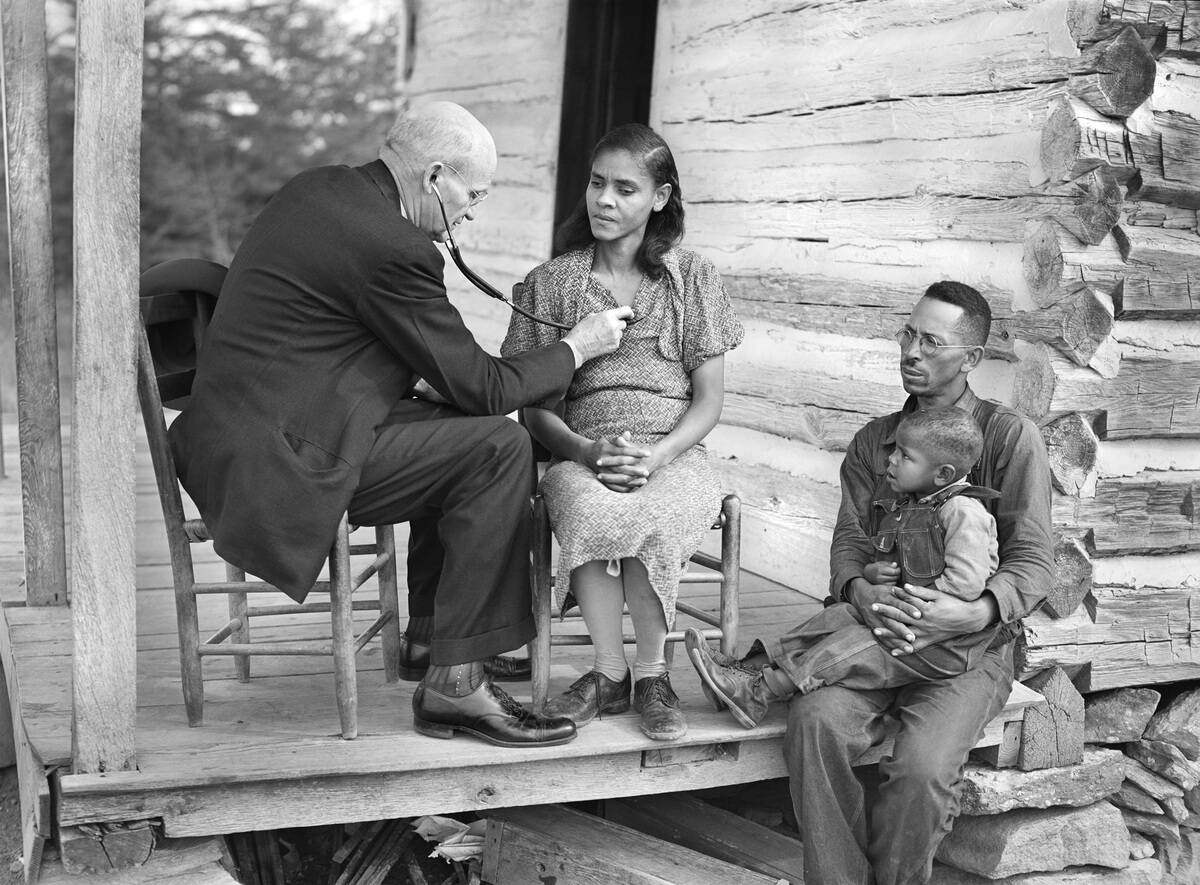
Healthcare in the 1940s rural America was a mix of traditional practices and emerging medical advancements. Local doctors were trusted community figures, often making house calls, in harsh weather conditions and working long hours.
Home remedies, passed down through generations, were also commonplace, offering natural solutions to common ailments and complementing the medical care available at the time.
Community Events: Fairs, Picnics, and Holiday Gatherings
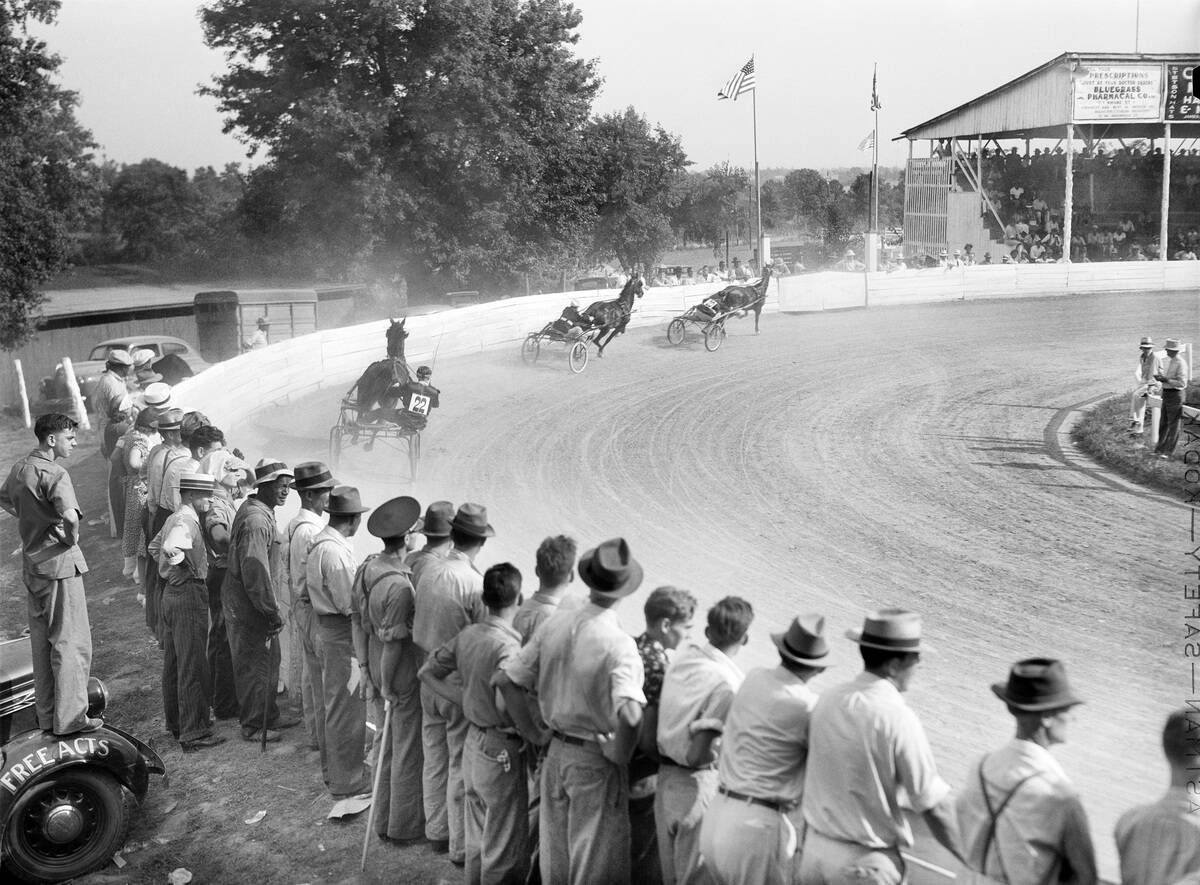
Community events were a highlight of rural life in the 1940s, bringing people together to celebrate and unwind. County fairs showcased agricultural achievements, while picnics and holiday gatherings provided opportunities for relaxation and socializing.
These events strengthened community bonds, allowing people to connect, share stories, and create lasting memories in a joyful and festive atmosphere.
Communication: Letters, Telephones, and Word of Mouth

Communication in 1940s rural America was a blend of old and new, with letters and word of mouth still prevalent alongside the growing presence of telephones. The postal service was a lifeline for many, connecting people across distances, while telephones began to revolutionize how quickly information could be shared.
Despite technological advances, personal interactions remained at the heart of rural communication.
Religious Life: Sunday Services and Spiritual Gatherings

Religious life in the 1940s was a cornerstone of rural communities, with Sunday services serving as a spiritual anchor for many families. Churches were more than places of worship; they were community hubs where people gathered for social events, support, and fellowship.
These spiritual gatherings provided comfort and a sense of belonging, reinforcing the moral and ethical values that guided daily life.



